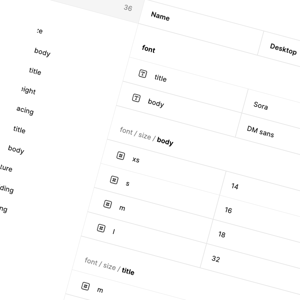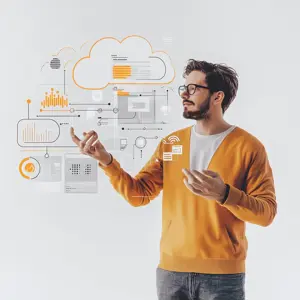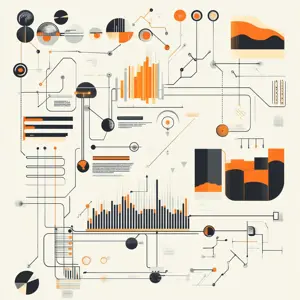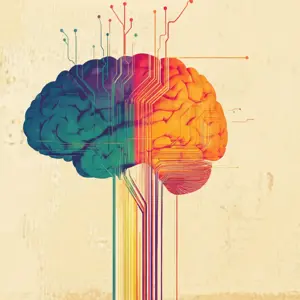
We’ve already grown used to generative AI solutions that predict word sequences and deliver responses based on the interpretation of a specific input. But what happens when that input is a mysterious system of clicks and whistles with no core basis in human language?
This is the challenge facing the Wild Dolphin Project (WDP), a research organisation focusing on the Atlantic spotted dolphins. Artificial intelligence could help the WDP team achieve the communicative breakthrough they’ve been looking for for years, but only if AI solutions can crack the fundamental code at the heart of dolphin interaction.
Teams from Georgia Tech and Google are working together with WDP to solve this mystery, and in doing so, they are demonstrating a key area of potential for AI in science. What if, as well as supporting humans and human communities, AI could teach us more about the world we inhabit?
DolphinGemma - mapping dolphin communication
Denise Herzing began studying the communication patterns and structures of wild dolphins back in 1985. Since then, she and the team at the Wild Dolphin Project have achieved significant leaps forward in understanding dolphin behaviour and decoding their systems of communication.
“We know dolphins are capable of understanding artificially created language, both acoustic and gestural, and abstract concepts,” Herzing said back in 2015. “However, we simply do not have the data to suggest that they use words or labels in the wild.”
This could be about to change, however. Denise and the team stand on the brink of what could potentially be their biggest breakthrough yet: the mapping of dolphin sound patterns.
To achieve this, the joint project with Georgia Tech and Google is building on Google’s own Gemma open language models. Feeding Gemma with WDP’s vast database of field recordings, the joint teams are developing a predictive language model based on identified patterns and likely combinations of sound.
Dubbed DolphinGemma, the model can now synthesise whistle sequences that statistically match wild recordings. In other words, scientists can imitate dolphin speech, a vital step toward understanding, but not yet a full conversation.
“In their world, on their terms”
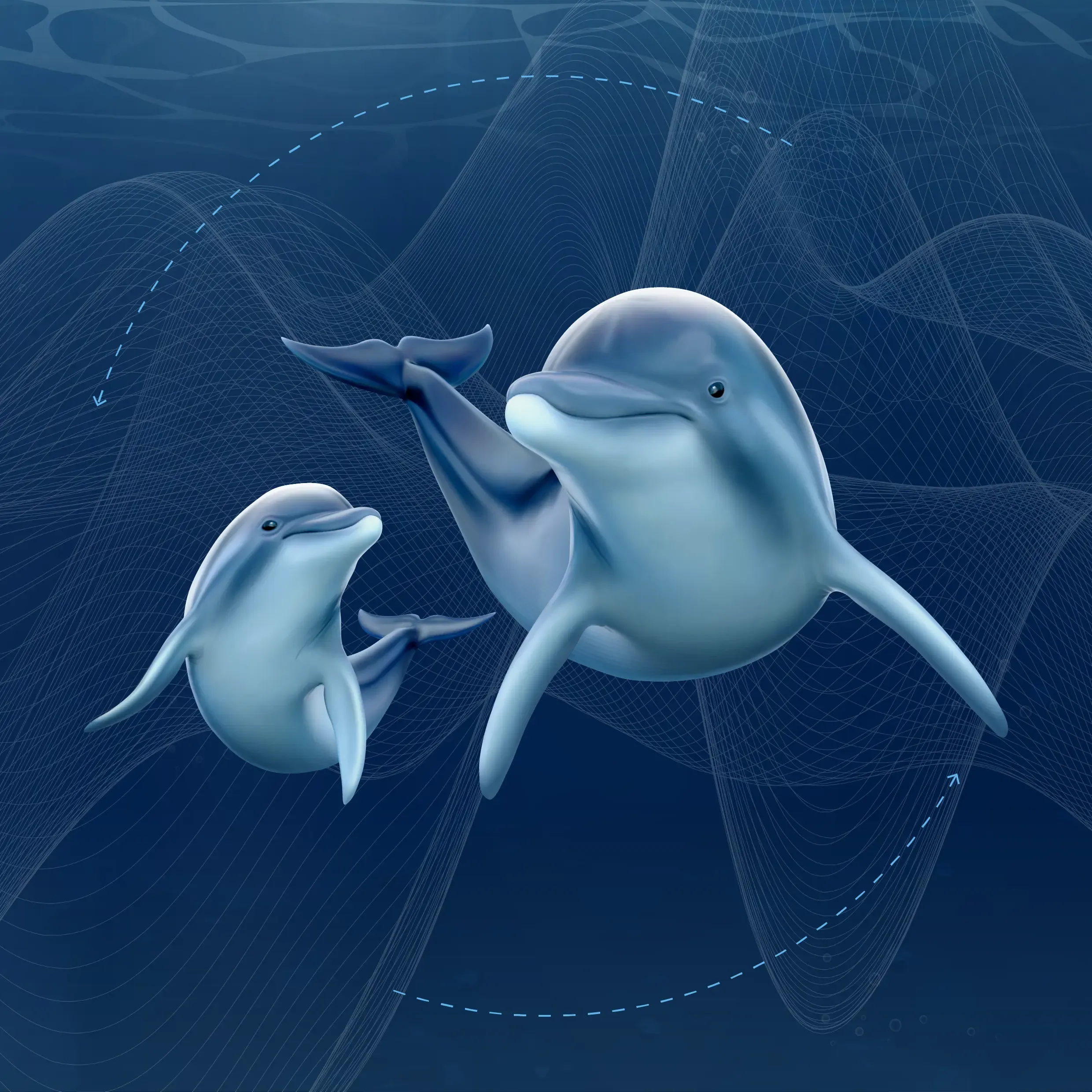
Mimicking dolphin communication is impressive, but it doesn’t really constitute understanding. For this to happen, researchers need an entry point, a fundamental building block of meaning from which all else can flow.
The WDP is working towards this, using the fascinating Cetacean Hearing Augmentation Telemetry (CHAT, for short) system designed alongside Georgia Tech.
The CHAT solution emits a unique set of whistles, which sound similar to dolphin noises but are distinct from these sounds. Each CHAT sound is associated with a specific object that dolphins are familiar with, like strands of sargassum and seagrass or coloured scarves.
As dolphins grow familiar with the noises emitted by CHAT, it is hoped they can use the same noises themselves, basically requesting the object associated with the sound.
Applying the DolphinGemma model to these interactions could provide the key that unlocks the whole thing. The model’s powerful processing and predicting capabilities can detect vocalisation patterns and begin to attach specific meanings to specific sounds. Just like the parallel texts of the Rosetta Stone were key to understanding ancient Egyptian writing systems, these fundamental breakthroughs could unravel the whole mystery surrounding dolphin speech and communication.
Of course, the whole program is being conducted in a non-invasive manner, with minimum disruption to the marine creatures themselves. “In their world, on their terms” has become a sort of motto for the project. If the work is successful, its melding of AI and science could teach us a lot about that world in the not-too-distant future.
The AI science projects developing our understanding of the world around us
CHAT and DolphinGemma are not the only ways in which generative AI and other forms of artificial intelligence are helping us understand the world around us. Here are some other projects and advancements that are doing exactly that:
Enabling citizen scientists
Even in 2025, large swathes of biodiversity are still not fully understood, and many species remain undiscovered. Handheld AI solutions enable ordinary people to become citizen scientists and gain more information on the natural world.
AI-powered apps use the power of ordinary smartphones, giving people the tools they need to identify animals in the wild, even occasionally finding new species in some cases.
Understanding behaviours and migratory patterns
Understanding and tracking animal behaviours and migratory patterns have long been challenges for conservationists seeking to protect these animals. Covering vast areas of land and identifying individual animals is simply too large a task.
AI systems, fitted inside drones and UAVs, are easing some of the strain. Conservationists can map migration routes and assess the welfare of individual animals using smart systems and AI science tools.
Reimagining systems of decomposition
Plastic was developed to be hardwearing and basically indestructible, but humanity didn’t quite grasp the problems this would cause. In the 21st century, macro- and micro-plastics are delivering immense harm to our environment, stacking up at an alarming rate.
But AI is helping us reimagine and even manipulate systems of decomposition. By scanning biological data on an enormous scale, artificially intelligent solutions can identify specialised enzymes that consume and break down plastic waste. Generative AI can even design specific enzymes that achieve this purpose.
This is a great example of how increased understanding through AI and science leads directly to a game-changing benefit for planet Earth.
Identifying vulnerable species
Extinction is a very real aspect of life on Earth. However, anthropogenic climate change and other human-made factors have destabilised natural balances and accelerated paths to extinction for many species.
While we can mitigate this, there’s a problem, it’s not easy to understand precisely how each extinction path works for a specific species and just how at risk that species is. This is another area in which AI-powered scientific technologies have a role to play.
Systematic analysis of current risk factors and smart mapping of potential extinction scenarios help researchers identify which species are at the most risk. Time is of the essence when saving species from extinction, so AI assistants that conduct this analysis rapidly are very valuable indeed.
AI and environmental stewardship
It’s no secret that AI has had its environmental controversies. The amount of energy required to handle a generative AI process, for example, is far in excess of that of Google searches and other online queries. But steps are being taken to overcome this; investments in clean energy and efficient developments like reasoning AI are moving us in the right direction.
Overcoming these sustainability problems leaves us with a clear path to scientific discovery and understanding. In terms of the natural world and our relationship with it, AI has the power to be a real ally.










